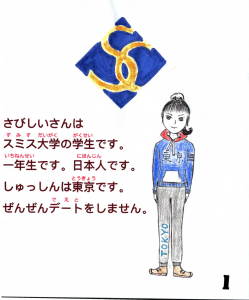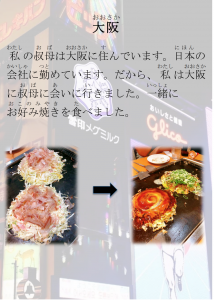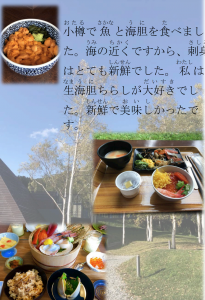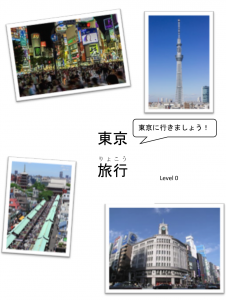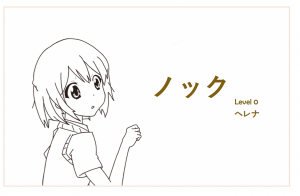この本は日本の文化を話します。日本人は結婚式に行って、お金を持ってきます。中国人もお金を持ってきます。面白いですね!でも、かんじはちょっと難しです。でも、きれいなえがあります。かんじをわかると思いました。
I think this book is interesting in that it talks about Japanese culture. In both China and Japan, people would bring money to marriage ceremonies. However, there are a lot of Kanjis in this book. The fact that I’m a Chinese speaker and there are pictures helps me in understanding it. However, I would only recommend this book to higher-level Japanese learners and 100-level learners who had previous exposure to Kanji
